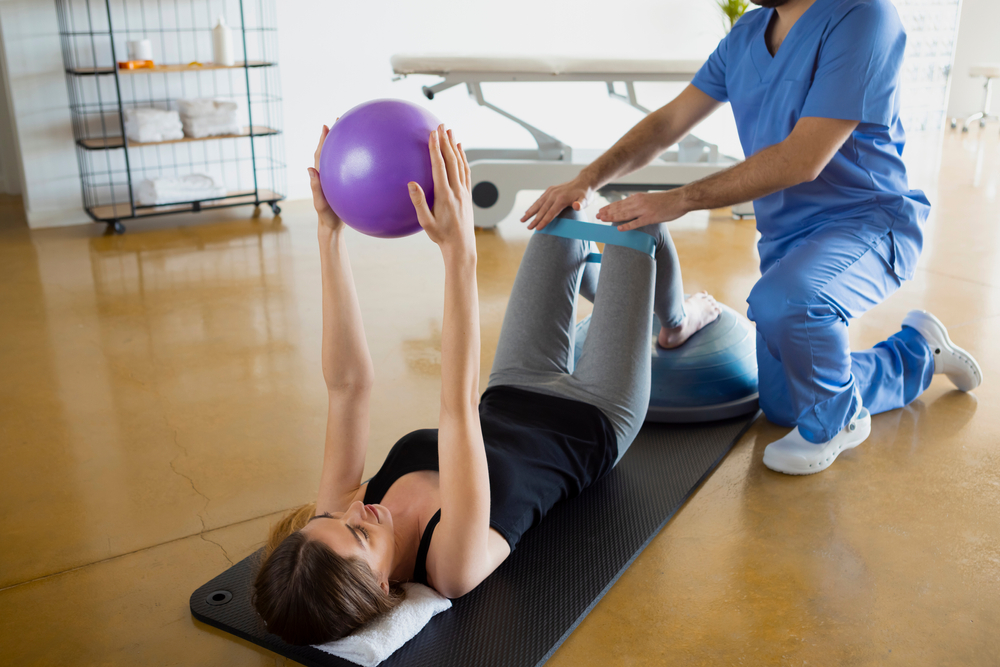Importance of Iliopsoas and Hamstring Muscles Stretching in Lower Back Pain Patients
Lower back pain (LBP) is a common condition affecting millions worldwide. Tightness in the iliopsoas and hamstring muscles can contribute to LBP. Stretching these muscles is essential for alleviating pain, improving flexibility, and enhancing overall lower back health.
Iliopsoas Muscle:
- Location: Runs from the lower back (lumbar spine) to the femur (thigh bone).
- Function: Hip flexion, trunk stabilization.
- Tightness effects:
- Pulls the lumbar spine forward, exacerbating LBP.
- Limits hip mobility, affecting gait and posture.
Hamstring Muscles:
- Location: Run from the pelvis to the knee.
- Function: Knee flexion, hip extension.
- Tightness effects:
- Pulls the pelvis backward, straining the lower back.
- Restricts knee and hip movement.
Benefits of Stretching:
- Pain Relief: Reduces muscle tension, alleviating LBP.
- Improved Flexibility: Enhances range of motion, reducing stiffness.
- Injury Prevention: Reduces muscle strain, preventing further injury.
- Posture Correction: Helps maintain proper spinal alignment.
- Enhanced Athletic Performance: Optimizes movement patterns.
Muscle Stretching Exercises:
Muscle stretching exercises, also known as flexibility exercises, are techniques designed to increase flexibility, range of motion, and reduce muscle tension. These exercises involve lengthening specific muscles or muscle groups to improve joint mobility and reduce stiffness.
Types of Stretching Exercises:
- Static Stretching: Holding a stretch for 10-30 seconds to lengthen the muscle.
- Dynamic Stretching: Moving through a range of motion to prepare muscles for activity.
- Ballistic Stretching: Bouncing or jerking movements to stretch muscles (less common).
- PNF Stretching (Proprioceptive Neuromuscular Facilitation): Combining contraction and stretching.
Benefits of Muscle Stretching:
- Improved Flexibility: Increased range of motion.
- Injury Prevention: Reduces muscle strain and injury risk.
- Pain Relief: Relieves muscle tension and pain.
- Enhanced Athletic Performance: Optimizes movement patterns.
- Improved Posture: Maintains proper spinal alignment.
Common Stretching Exercises:
- Hamstring stretch
- Quad stretch
- Chest stretch
- Shoulder rolls
- Hip flexor stretch
- Calf stretch
- Back stretch
- Neck stretch
Tips for Effective Stretching:
- Hold stretches for 10-30 seconds.
- Perform 2-3 sets per muscle group.
- Stretch regularly (2-3 times/week).
- Combine stretching with strengthening exercises.
- Breathe naturally while stretching.
Precautions:
- Consult a healthcare professional before starting a new exercise routine.
- Avoid bouncing or jerking movements.
- Don’t stretch to the point of pain.
- Warm up before stretching
Stretching Techniques:
Iliopsoas Stretches:
- Kneeling hip flexor stretch.
- Lying iliacus stretch.
- Standing lunges.
Advanced Level : By using exercise wheel stretch.
Hamstring Stretches:
- Standing hamstring stretch.
- Seated hamstring stretch.
- Lying hamstring stretch.
Advanced Level : By using exercise wheel stretch.
Tips for Effective Stretching: - Hold stretches for 10-30 seconds.
- Perform 2-3 sets per muscle group.
- Stretch regularly (2-3 times/week).
- Combine stretching with strengthening exercises.
Physical Therapy Considerations:
- Consult a physical therapist for personalized stretching programs.
- Address underlying muscle imbalances.
- Incorporate core strengthening exercises.
By incorporating iliopsoas and hamstring stretching into their routine, individuals with lower back pain can experience significant improvements in pain reduction, flexibility, and overall well-being.
Would you like more information on lower back pain management or stretching exercises?
Contact Pro Physiotherapy for back pain or any other physiotherapy related problems.


